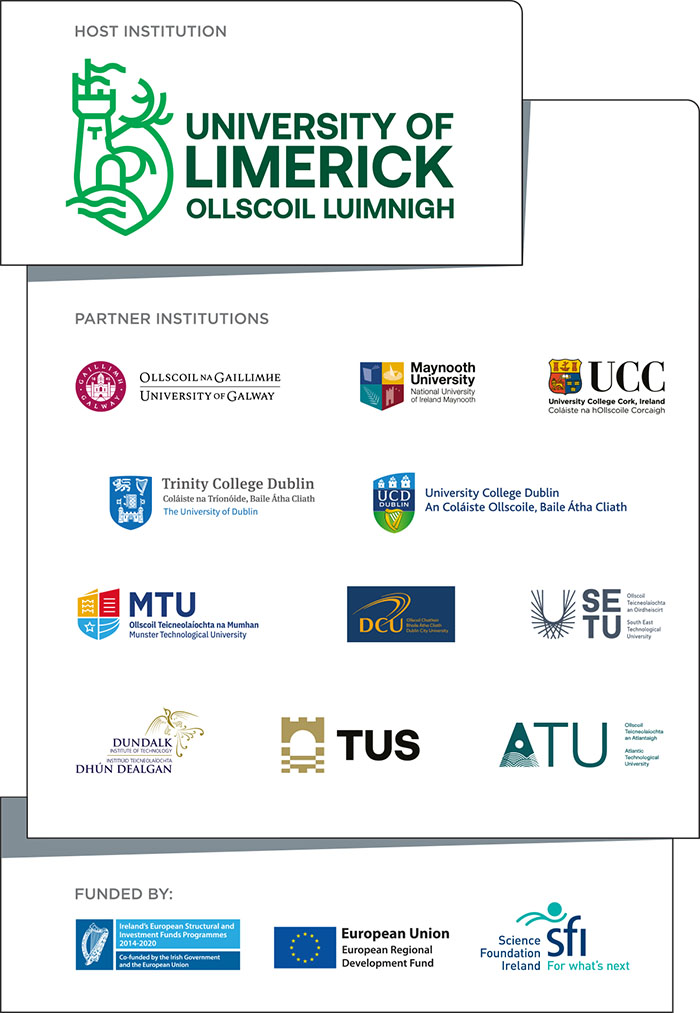Feature Location: Identifying the Best Practice Empirically
You are here
 |
 |
Click here to access the Poster of this Research
Introduction
Feature location (FL) is the task of finding the source code that implements a specific, user-observable functionality in a software system. It plays a key role in many software maintenance tasks: the most time consuming phase of the software life-cycle. Consequently, it is an area of much research and a wide variety of Feature Location Techniques (FLTs), that rely on source code structure or textual analysis, have been proposed by researchers. As FLTs evolve and more novel FLTs are introduced, it is important to perform comparison studies to investigate "Which are the best FLTs?
Papers
TOSEM paper (Uploaded Soon)
Objectives and Goals
Which is the best Feature Location Technique (FLT) for practitioners?
- An SLR of FLTs suggests that this is difficult because current literature:
- Is focused on novel techniques
- Has evaluations with contradictory findings
- Has very inconsistent evaluation designs
- Doesn’t give us enough information to replicate the FLTsx
-
This situation requires standardized empirical best practice
- Allowing more accurate comparison across all FLTs
Areas of Research
- Identification of the Best Practice of FLTs Evaluation
- Standardizing the Empirical Design for FLTs Evaluation
- Cross-Comparison of the FLTs to identify the Best Performing Technique
- Reproducibility of FLTs
Links to Abstracts and Datasets:
The State of Empirical Evaluation in Static Feature Location (Systematic Survey of 170 Articles)
Empirical Assessment of Baseline Feature Location Techniques (Cross-comparison of Baseline Techniques)
A Feature-Set Metric Suite for IR-Based FeatureLocation Technique Evaluation




